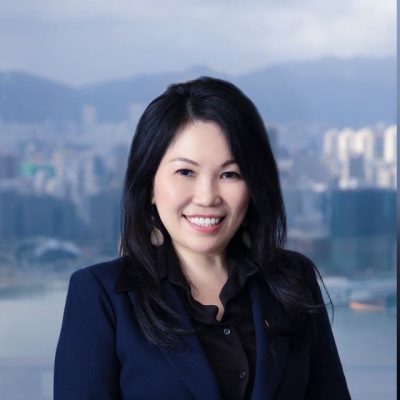Despite the unprecedented challenges now posed by the COVID-19 epidemic, insurance practitioners agree that climate change remains the single most critical issue facing the industry today.
This is likely to be the situation long after the virus goes away.
For countries like the Philippines, the climate change crisis is never far from most people’s minds. The Philippines is after China the country most exposed to tropical storms according to the U.S. National Hurricane Centre.
The Philippines has suffered from a large number of deadly typhoons, earthquakes, volcanic eruptions and other natural disasters. It is situated along the Ring of Fire, or typhoon belt – a vast region around the Pacific Ocean where many of the earth’s volcanic eruptions and earthquakes take place.
“It is critical that insurers and their reinsurers work with scientists to understand how climate change will occur in future as well as the severity of it.”
Franz Josef Hahn
Annually, around 80 typhoons develop above tropical waters, of which about 20 enter the Philippines region and six to nine make landfall, according to the latest statistics from the USA Joint Typhoon Warning Centre (JTWC). There have been 10 ‘super typhoons’ which have hit the Philippines so far this year alone, according to the Asian Disaster Reduction Centre (ADRC).
For many these natural catastrophes have a devastating impact on economies, communities, and society in general.
In addressing this issue, the protection gap (the difference between economic and insured loss) continues to be a major drawback. And in the Philippines, despite this high exposure, traditional insurance products remain largely out of reach for most of the population, given the fact that up to 20% of the population live in absolute poverty, according to OECD estimates.
Unfortunately, the gap continues to grow as catastrophe losses outstrip the growth of insured losses. This gap represents a significant growth opportunity for the reinsurance market as both risk and prosperity increase, especially for capacity providers with Asian market knowledge and expertise.
It is critical that insurers and their reinsurers work with scientists to understand how climate change will occur in future as well as the severity of it.
Estimates of the current pace of climate change predict that frequency and severity are on the rise on a global scale. But there is as of yet no consensus as to the best way of tracking this more accurately and then extrapolating future trends with any degree of certainty.
Reinsurers can play an active role in determining the way the future risk assessment of natural catastrophe can be determined in the Philippines and other countries.
These trends go to the heart of what reinsurers such as Peak Re offer and how business is transacted. The core value proposition of an insurance company and its reinsurers is to provide policyholders with peace of mind based on certainty.
Against a predictable current expense, (the premium payment), insurers mitigate the financial impact of uncertain future events such as natural catastrophes.
With a focus on addressing the insurance gap in a direct way, Peak Re and like-minded reinsurers can play a large part in transmitting information about the influences of climate change as well as espousing the appropriate standards for insurance and reinsurance contracts.
Peak Re has a track record of working with both brokers and our cedants to produce contracts which are innovative and are directly relevant to the conditions of the markets.
Direct insurers, reinsurers, and national regulators must all interact with customers working in a multi-layered system that shapes and sets global reactions to climate change.
With Peak Re’s history of supporting the Philippines market and our track record in the region, we aim to continue to meet the needs of communities and the emerging middle class in Philippines and around the region.
This article first published in Insurance Philippines.


